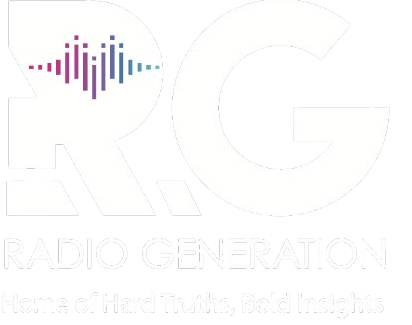Turkana, Mandera among counties to benefit from Sh15bn off-grid solar project

The counties expected to benefit include Mandera, Garissa, Wajir, Marsabit, Isiolo, Turkana, Baringo, Samburu, West Pokot, Taita Taveta, Narok, Kilifi, Kwale and Lamu
Over 14 counties across Kenya are set to benefit from the Sh15 billion Kenya Off-Grid Solar Access Project (KOSAP), which aims to provide modern electricity to households and public facilities in remote, low-density, and traditionally underserved areas.
The counties expected to benefit include Mandera, Garissa, Wajir, Marsabit, Isiolo, Turkana, Baringo, Samburu, West Pokot, Taita Taveta, Narok, Kilifi, Kwale, and Lamu.
The project is being implemented by the Ministry of Energy through the Rural Electrification and Renewable Energy Corporation (Rerec) and Kenya Power, with funding from the World Bank. It is part of the government’s goal to achieve universal access to electricity by 2030.
Speaking during a working retreat in Kisumu with the Senate Standing Committee on Energy, Energy Cabinet Secretary Opiyo Wandayi said KOSAP targets 300,000 households, reaching about 1.5 million people.
“These counties have been far from the national grid for a long time, but the government is now working to bring them at par with the rest of the country,” he said.
The project will construct 114 mini-grids, 343 standalone public facilities, install solar water pumps in 380 boreholes, and facilitate the sale of 250,000 stand-alone solar systems.
Wandayi also noted that electricity demand is rising, with peak demand increasing from 2,228 MW in August 2024 to 2,363.41 MW. The number of electricity connections has grown from 9,660,800 to over 10 million, and street lighting lanterns have risen from 199,439 to 205,294.
The Cabinet Secretary highlighted the National Energy Policy 2025-2034, which will guide Kenya’s energy sector in achieving equitable access, sustainability, and innovation. The policy focuses on affordability, energy security, and clean energy solutions to reduce fossil fuel dependence and drive green industrialization.
KOSAP is expected to unlock economic opportunities, improve quality of life, and support sustainable development in Kenya’s most remote and underserved communities, helping the country move closer to universal electricity access by 2030.
